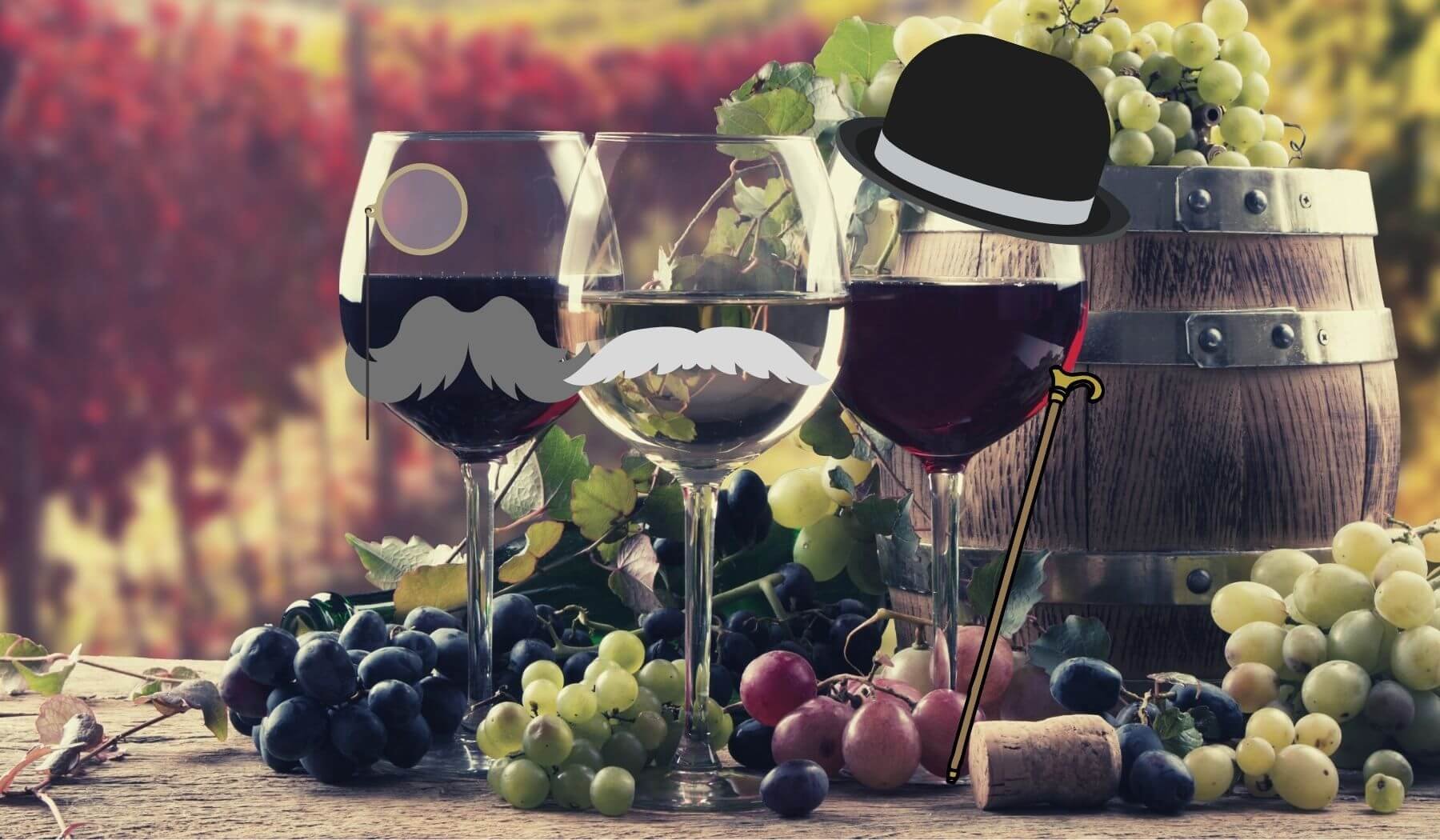What is "Natural Wine" and Do I Need it?
This is a question we get asked a lot. The answer begins with the fact the government agency that regulates winemaking (the U.S. Alcohol and Tobacco Tax and Trade Bureau — more snappily known as the TTB) allows winemakers to add upwards of 70 different additives to their wines.
These include things like ferrous sulfate and isinglass (fish bladder), ammonium salts, gum arabic, dimethyl dicarbonate, glucose oxidase, activated charcoal, oak chips, and my favorite, Mega Purple, a concentrated syrup that gives a extra color to your red wines.
Winemakers can also use an array of technologies, such as the spinning cone column, reverse osmosis and thermal treatment, to reduce or add alcohol, remove or add color to wine, adjust acid, or even separate a wine into all its parts and put it back together again at the desired proportions.
This is why “natural” wine exists. Winemakers and consumers are pushing back against so-called “lab-made” wines and advocating for wines that have no additives at all! 100% au naturel.
However, there is counter push back. Many winemakers argue that making use of a few additives to improve a wine isn’t necessarily evil, and nor is using up-to-date methods to be more efficient.
More fervent critics call the natural wine movement a fraud or a cult (it’s been compared to Scientology), made up of lazy winemakers who simply make bad wine (or don’t know what a good wine is).
Natural winemakers want labels to show what’s in a wine, as is required with any food product, to give consumers choice. In the meantime, the best thing for you to do is try some and decide for yourself…








It’s New Year’s Resolutions time! In other words, let’s eat more healthily and drink more thoughtfully and maybe you want to find some of that wine with low, or better yet, no added sugar! Well what if I told you that the idea of low/no sugar wines is a total myth? Ok, so what’s the reaaaaaaal story about sugar in wine? (We think you’ll be very pleasantly surprised 😉